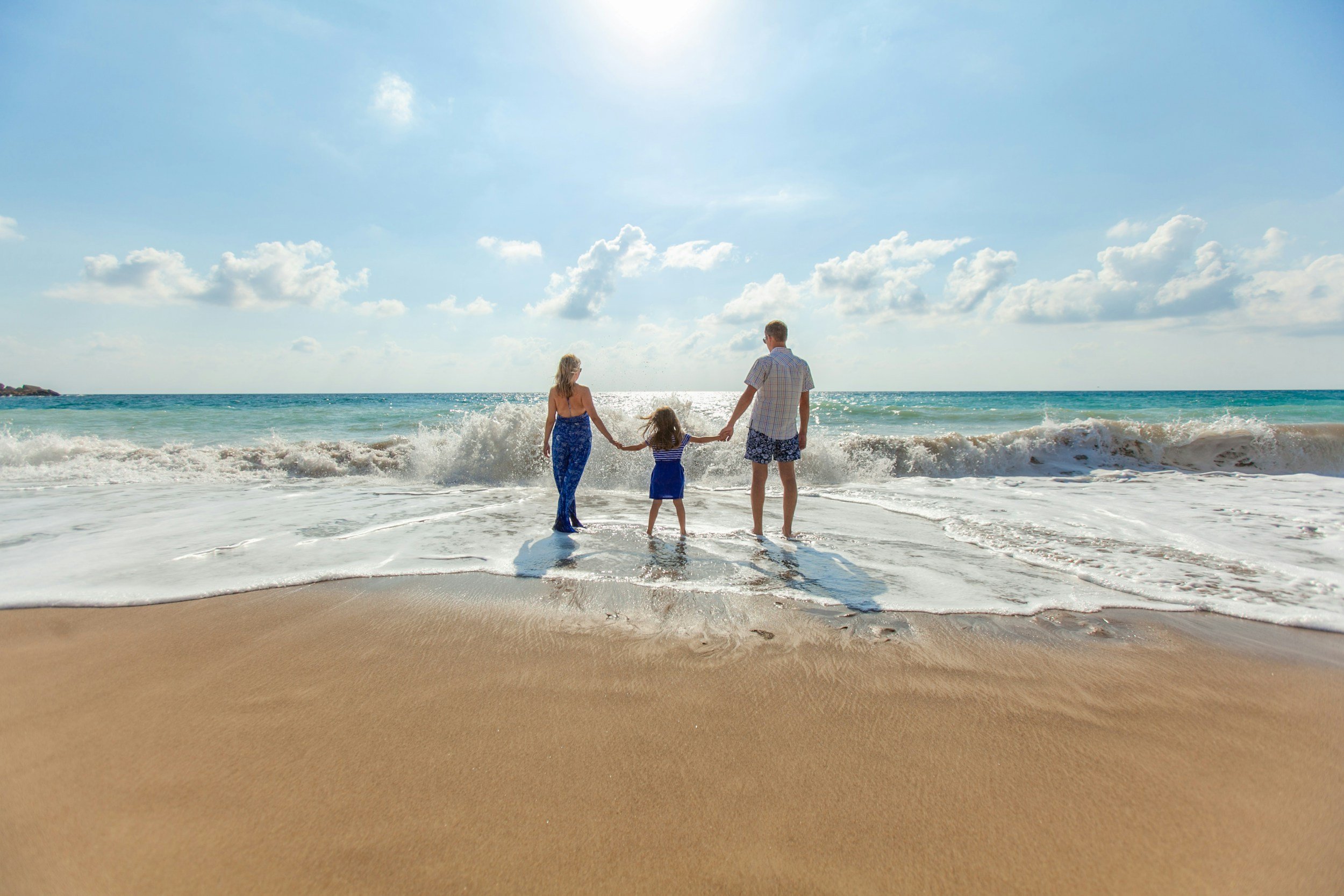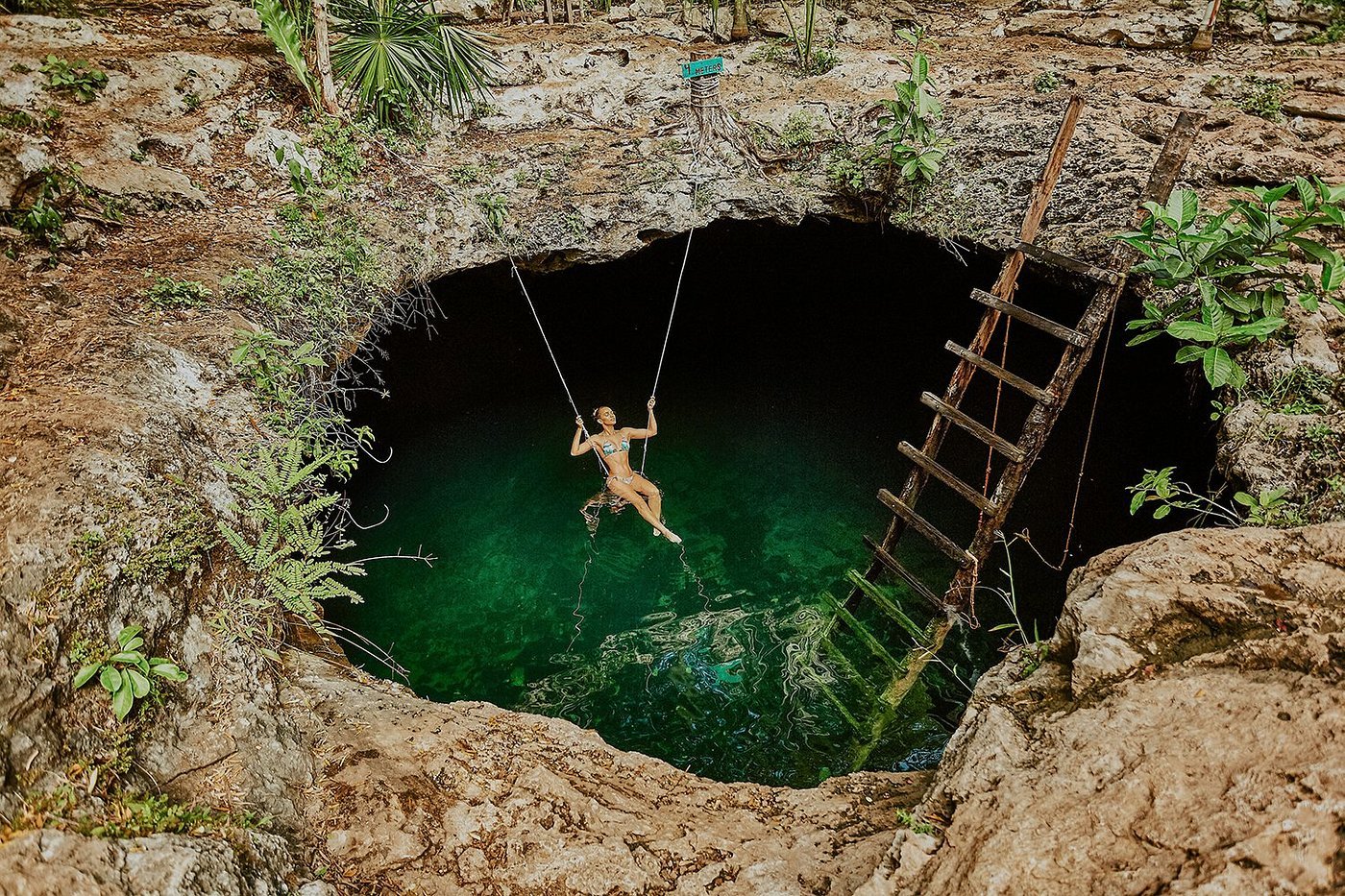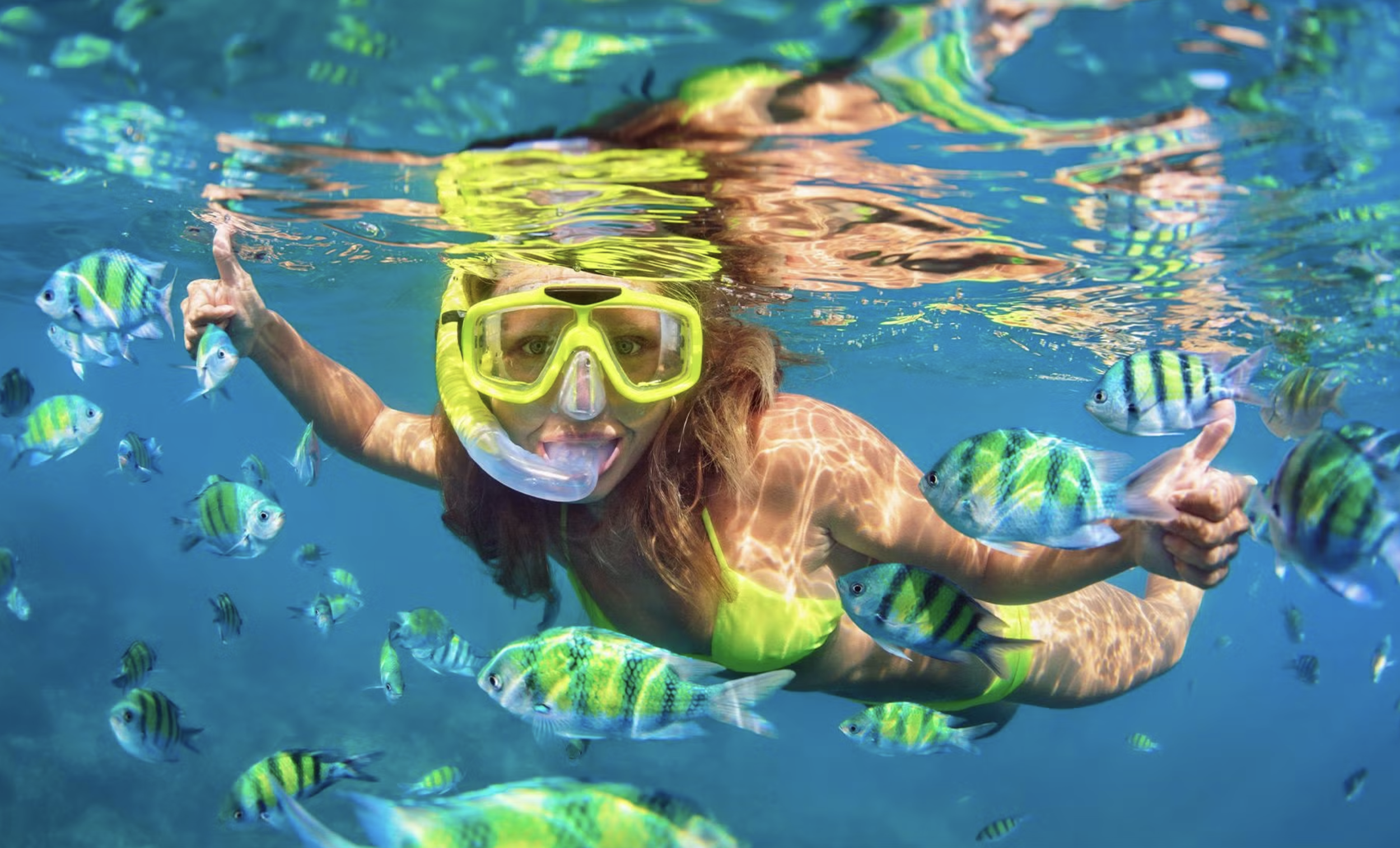How the Pandemic has Helped to Restore the Health of Our Beaches
By Alex Ruelas
Last year, the Riviera Maya was uncharacteristically quiet. The beaches of this famous destination, usually bustling with travelers, welcomed only a fraction of the visitors they usually would. And, it seems, the ecosystem might be grateful for it.
Environmental recovery has been one of the few silver linings of this pandemic. Around the globe, we have seen the emergence of stories that make us believe the planet is catching a breath while we are in isolation. But has the pandemic improved the health of our Caribbean beaches?
“There has definitely been a reduction in the direct human impacts on the coast,” says Miguel Ángel García, co-founder of Oceanus AC, an NGO that works to restore coral reefs in Quintana Roo and other parts of Mexico. “We have seen fewer greenhouse gas emissions from transport, fewer boats going to the reefs, fewer discharges of residual water, and so on. However, other factors have contributed to the ongoing stress of marine ecosystems.”
Although last year the Riviera Maya saw a significant decrease in the number of tourists, the destination was hit by a couple of storms that affected the beach and coastal ecosystems. Further, ongoing phenomena like rising water temperatures have continued to affect coral reefs, causing bleaching events and other diseases.
“It is a combination of factors,” continues García. “Storms play a big part in the deterioration of the beach along with the removal of mangrove forests and the loss of coral reefs, itself caused by a multiplicity of elements and part of a declining global trend.” We can also count plastic pollution as one of the main threats to coastal landscapes.
But even as many interlinking factors continue to affect the ecosystem, the pandemic has shown us a powerful reason for hope: people and their renewed passion for nature. In García’s view, locals are becoming more engaged in conservation initiatives, which is great news for the environment. “When beaches were closed to the public, we couldn’t go visit the reef and the coral nurseries we have there. So in places like Xcalac, in the south of Quintana Roo, it was local people who took over monitoring and other environmental tasks.”
Travelers can do their part too. Oceanus AC now offers guided expeditions for visitors who want to help restore the reef. “We have seen increasing interest from tourists to get actively involved in the conservation efforts. Now, we have come up with special tours where people with diving or snorkeling experience can go out to sea with us and assist cleaning the nurseries or planting corals,” explains Miguel Ángel, who has been looking for new ways to bring amateur environmentalists from all over the world closer to their work.
If we can take something away from the pandemic, it is to realize how valuable and vulnerable our natural places really are. And no, maybe our collective lockdown will not be enough to magically repair the damages we have inflicted on nature. However, there is always something we can do to help it thrive again. In a time when we crave to be outside, when wide-open spaces are synonyms for safety, we have an opportunity to turn the tide and restore the ecosystems that bring us joy.



































